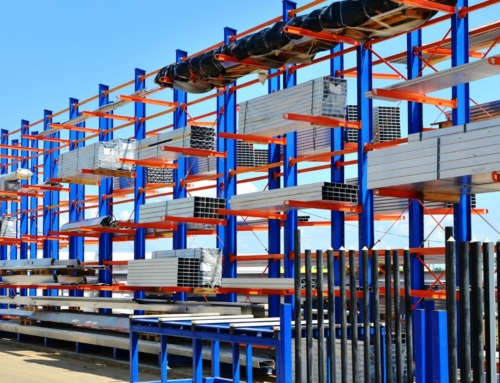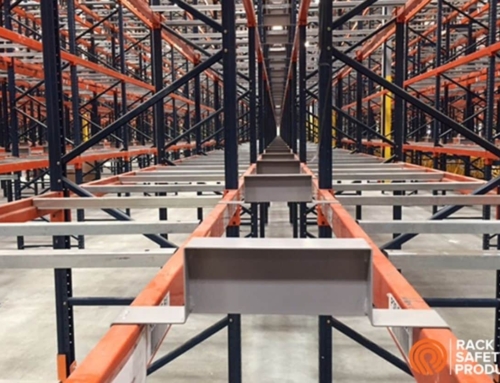[fusion_builder_container hundred_percent=”no” equal_height_columns=”no” menu_anchor=”” hide_on_mobile=”small-visibility,medium-visibility,large-visibility” class=”” id=”” background_color=”” background_image=”” background_position=”center center” background_repeat=”no-repeat” fade=”no” background_parallax=”none” parallax_speed=”0.3″ video_mp4=”” video_webm=”” video_ogv=”” video_url=”” video_aspect_ratio=”16:9″ video_loop=”yes” video_mute=”yes” overlay_color=”” video_preview_image=”” border_size=”” border_color=”” border_style=”solid” padding_top=”” padding_bottom=”” padding_left=”” padding_right=””][fusion_builder_row][fusion_builder_column type=”1_1″ layout=”1_1″ background_position=”left top” background_color=”” border_size=”” border_color=”” border_style=”solid” border_position=”all” spacing=”yes” background_image=”” background_repeat=”no-repeat” padding_top=”” padding_right=”” padding_bottom=”” padding_left=”” margin_top=”0px” margin_bottom=”0px” class=”” id=”” animation_type=”” animation_speed=”0.3″ animation_direction=”left” hide_on_mobile=”small-visibility,medium-visibility,large-visibility” center_content=”no” last=”no” min_height=”” hover_type=”none” link=””][fusion_text columns=”” column_min_width=”” column_spacing=”” rule_style=”default” rule_size=”” rule_color=”” hide_on_mobile=”small-visibility,medium-visibility,large-visibility” class=”” id=””]
Safety isn’t simply about a workplace appearing nice to potential customers or warehouse operators. The costs of pallet rack accidents in warehouses can be quite high. While various types of insurance can cover parts of them, the employer will be responsible for other costs.
Accidents can also result in an OSHA visit, which can mean significant fines and follow-up visits. Even if management did not cause the accident, the paperwork and time lost as a result could be taxing.
To help prevent this, ensuring that the safety standards of your warehouse are up to standard is fundamental. Here are some warehouse shelving safety tips to follow.
Secure Tall Shelves
The highest freestanding shelf height allowed by OSHA is 15 feet, but other than that, OSHA guidelines on shelving safety can be a little hazy. Employers can be cited under OSHA’s General Duty Clause if an accident occurs, which specifies that employers must take reasonable steps to safeguard employees from damage.
Employers can be held liable if they fail to secure tall shelves of any height, especially if they hold heavy items. If possible, shelves should be attached to each other, the floor, and a wall. Furthermore, shelves must have a height-to-depth ratio of 6:1 or less and utilize appropriate pallet rack backing for the load height.
Inspect Shelving Up Close
Rust, missing safety clips and bolts, bent shelves, and other seemingly insignificant issues can have major implications. Take the time to inspect your shelves once every few months, even if they are new. Make sure to inspect stairwells and ladders, as well as their wheels, as these can be damaged simply by normal use.
Once a day, have a supervisor or manager do a quick walk-through examination of the shelving. This should enable management to detect and address any harm caused by unreported forklift accidents or other catastrophes. One good warehouse shelving safety tip to follow is to do a comprehensive inspection with a flashlight and level in hand to evaluate potential damage every few months or after any event that could have caused damage.
Enforce Weight Limits
Putting too much weight on shelves will almost always result in a disaster in your warehouse. Even if the shelf appears to be holding up without visible damage, the added strain on the shelving and supports puts the entire structure at risk of collapse. Furthermore, long-term wear and tear on crucial components will occur considerably faster.
Managers may find it difficult to tell how much weight is on shelves at a glance. Supervisors will most likely be in charge of enforcing restrictions and recognizing if an unusually big amount of merchandise is being placed on a single shelf. Establish a positive working relationship with supervisors so that they feel comfortable enforcing weight restrictions and reporting any issues to you.
While enforcing good policy is one way to ensure the safety of your warehouse, upgrading your pallet racking system could be a better choice for you. Reach out to Rack Safety Products today to get the pallet racking upgrades that you need.
[/fusion_text][/fusion_builder_column][/fusion_builder_row][/fusion_builder_container]






